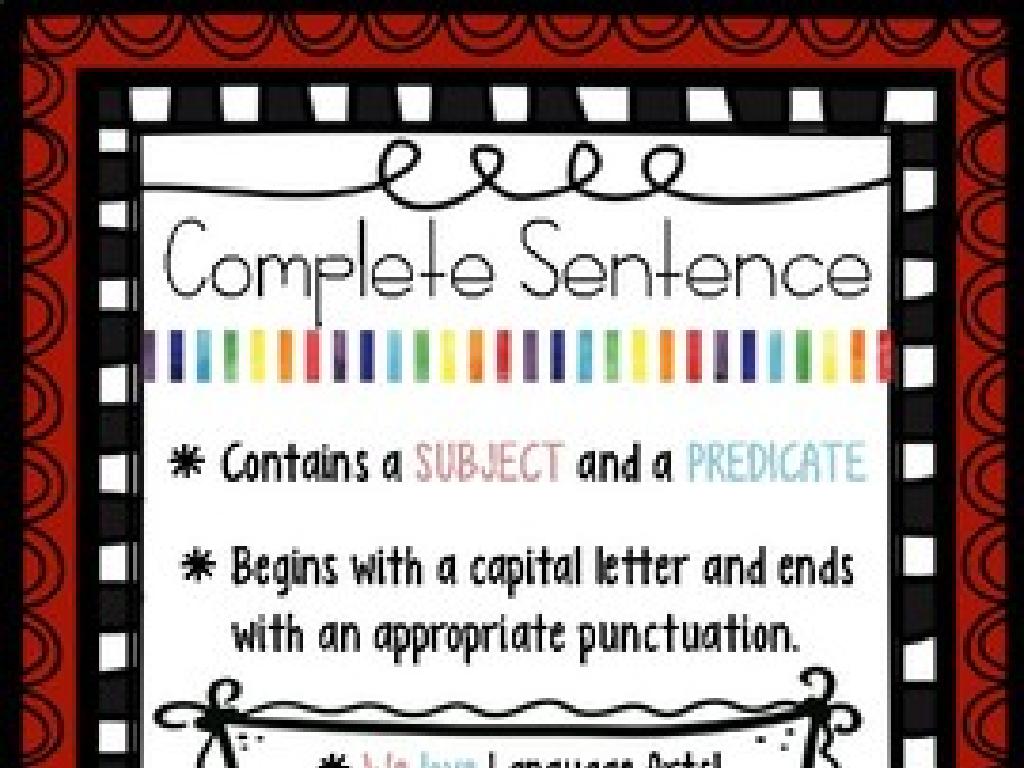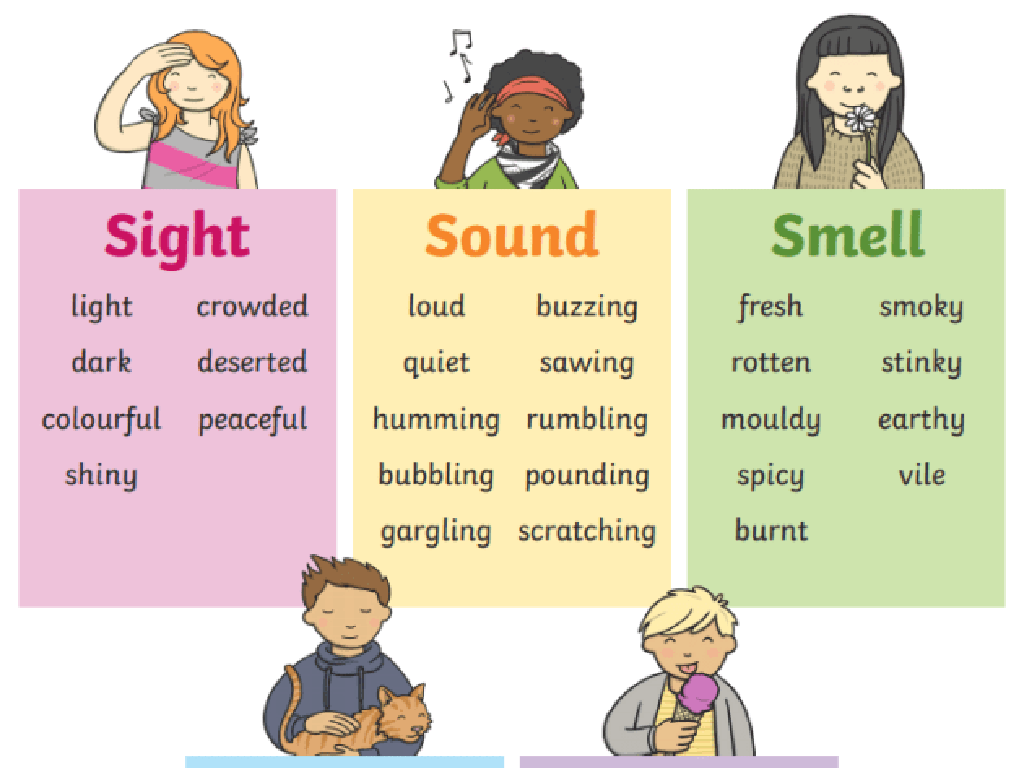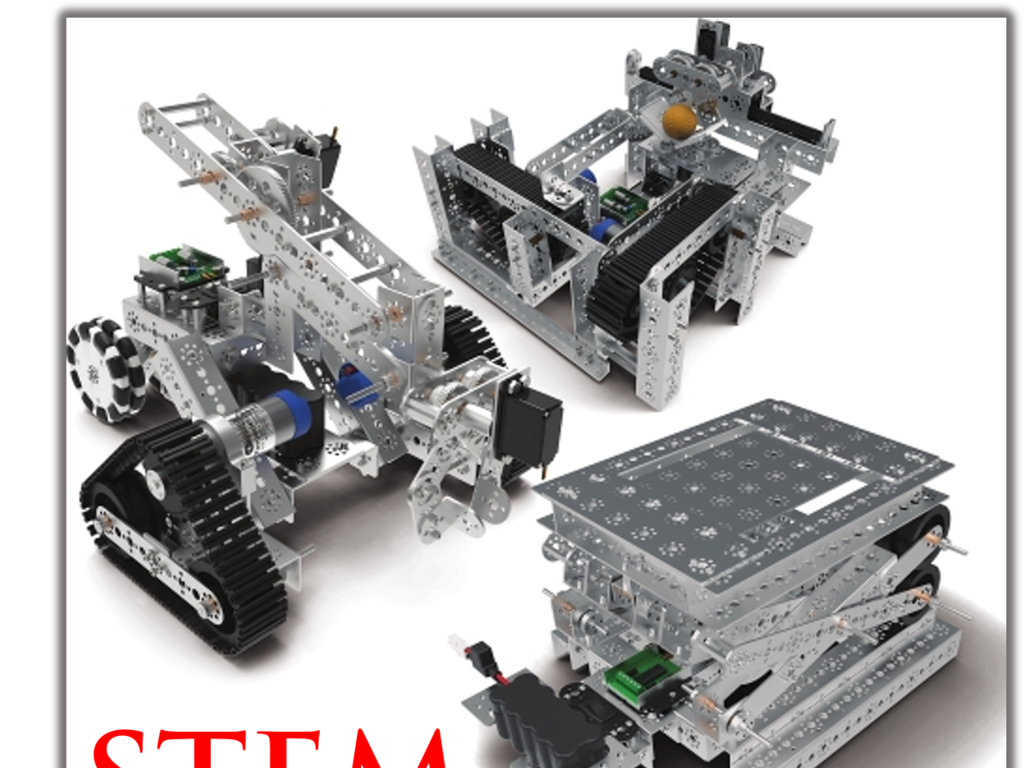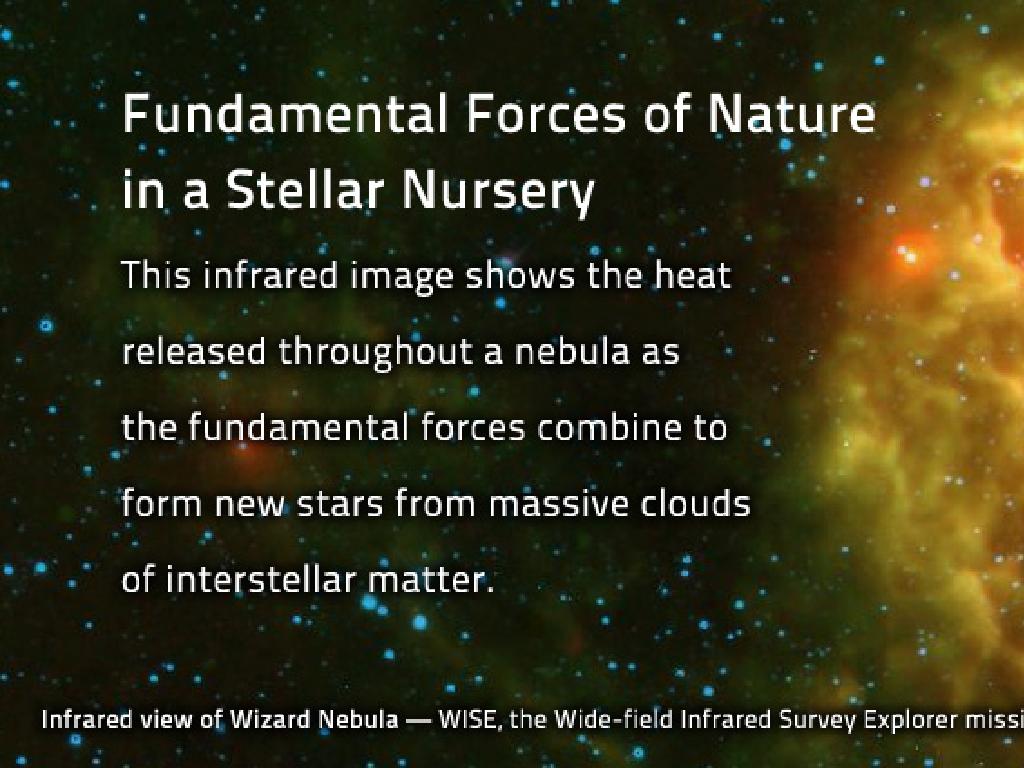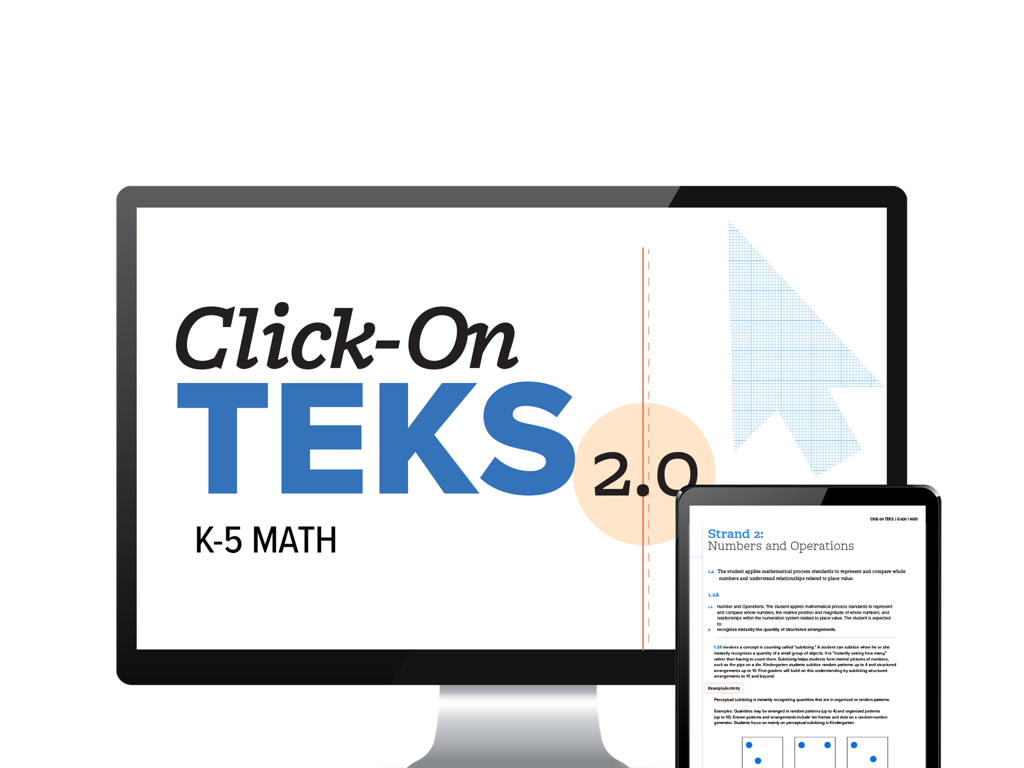Which Sentence Matches The Definition?
Subject: Language arts
Grade: Fourth grade
Topic: Multiple-Meaning Words
Please LOG IN to download the presentation. Access is available to registered users only.
View More Content
Exploring Multiple-Meaning Words
– Words with multiple meanings
– A word that has more than one meaning is called a homonym, like ‘bat’.
– Importance of multiple meanings
– Knowing different meanings helps us understand text better.
– Daily life word examples
– ‘Bark’ can mean a tree’s outer layer or the sound a dog makes.
– Class activity: Match definitions
– We’ll practice matching words to their correct meanings.
|
This slide introduces the concept of multiple-meaning words, also known as homonyms, which are words that sound the same but have different meanings. Understanding these is crucial for reading comprehension and clear communication. Provide examples that are relevant to students’ daily lives to make the concept more relatable. For instance, the word ‘bark’ can refer to the sound a dog makes or the outer layer of a tree. Engage the class with an activity where they match words to their correct definitions, reinforcing their understanding of the context in which words are used. This activity will help students recognize that context is key to determining the correct meaning of a word.
Exploring Multiple-Meaning Words
– What are multiple-meaning words?
– Words that sound the same but have different meanings.
– Context determines word meaning
– The sentences around a word can change its meaning.
– Activity: Meanings of ‘bat’
– ‘Bat’ can mean a flying mammal or a piece of sports equipment.
|
This slide introduces the concept of multiple-meaning words, which are words that have more than one meaning. The meaning of such words can only be determined when they are used in context. For example, the word ‘bat’ can refer to a flying mammal or a piece of equipment used in sports like baseball or cricket. To reinforce this concept, engage the students in a quick activity where they identify both meanings of the word ‘bat’ from different sentences. This will help them understand how context clues can change the meaning of the same word. Encourage students to think of other multiple-meaning words and use them in sentences to demonstrate their different meanings.
Exploring Words with Multiple Meanings
– ‘Bark’: A word with two meanings
– ‘Bark’ can refer to a dog’s sound or tree covering
– Discuss ‘bark’ meanings with a partner
– Think of ‘bark’ in a park and ‘bark’ in a forest
– Create sentences using both meanings
– One sentence for ‘bark’ as a sound, one for ‘bark’ as tree part
– Share your sentences with the class
|
This slide initiates a class activity focused on the word ‘bark’, which has multiple meanings. Students are to pair up and discuss the different meanings of ‘bark’, then each pair will create two sentences that show the distinct uses of the word. One sentence should use ‘bark’ to describe the sound a dog makes, and the other should use it to refer to the outer layer of a tree. After crafting their sentences, students will have the opportunity to share with the class, enhancing their understanding of context and how it can change the meaning of words. This activity will help students grasp the concept of multiple-meaning words through practical application and peer learning.
Which Sentence Matches the Definition?
– Read the given definition
– Choose the correct sentence
– Example: Word ‘Lead’
– ‘Lead’ can mean a metal or to guide
– Discuss ‘Lead’ meanings
– ‘He discovered lead in the rock.’ / ‘She will lead the team.’
|
This slide is aimed at helping students understand multiple-meaning words through context. Start by explaining that some words in English have more than one meaning. Provide the definition of the word ‘lead’ and show two sentences that use the different meanings of ‘lead’. One sentence should use ‘lead’ to refer to the metal, and the other should use ‘lead’ to mean guiding or being in front. Ask the students to choose which sentence matches which definition. This activity will enhance their vocabulary and comprehension skills by recognizing how context can change the meaning of a word. Encourage students to think of other multiple-meaning words and create similar examples.
Practice Time: Matching Meanings
– Complete the worksheet individually
– Match sentences to word meanings
– Use context to determine which sentence uses the word correctly
– Discuss your answers with a peer
– Explain your choices to a classmate
– Share findings with the class
– Be ready to explain why you matched them that way
|
This slide introduces an interactive class activity focused on understanding multiple-meaning words through context. Students will receive a worksheet with a list of words that have multiple meanings. Each word will be used in different sentences, and students must match each sentence to the correct meaning of the word. After completing the worksheet, students will pair up to discuss their answers, providing an opportunity for peer learning. Finally, they will share their findings with the class, allowing for a group discussion and reinforcing their understanding of the words. The teacher should prepare a worksheet with clear instructions and examples, and be ready to facilitate the discussion, ensuring that each student grasps the concept of multiple-meaning words.
Let’s Play: Meaning Match Game!
– Engage in an interactive game
– Identify words with multiple meanings
– Words like ‘bat’ can mean a flying mammal or a baseball club
– Team competition to match definitions
– Each team chooses a sentence that fits the word’s meaning
– Celebrate learning with fun!
|
This slide introduces an interactive class game designed to help students understand and identify multiple-meaning words within context. Divide the class into teams and present them with words that have more than one meaning. Each team will compete to find sentences that match the correct definition of the given words. This activity not only reinforces the concept of multiple-meaning words but also encourages teamwork and critical thinking. As students engage with the game, they’ll learn to discern word meanings from context and have fun in the process. Celebrate correct matches with applause or small rewards to keep the game exciting and motivational.
Class Activity: Multiple-Meaning Word Challenge
– Pick a word with multiple meanings
– Write two sentences per meaning
– Make sure each sentence reflects a different meaning of the word
– Discuss meanings within your group
– Talk about how the word’s meaning changes in different contexts
– Present your findings to the class
|
This activity is designed to help students understand that some words have more than one meaning and can be used in different contexts. Divide the class into small groups and have each group select a word with multiple meanings. Each group will write two sentences that show the different meanings of their chosen word. Encourage them to use context clues to convey the meaning clearly. After writing their sentences, they should discuss the different meanings and how they determined them. Finally, each group will present their word, sentences, and meanings to the class. This will help students learn from each other and reinforce their understanding of multiple-meaning words.
Review and Reflect: The Power of Words
– Importance of multiple meanings
– Understanding can prevent confusion
– Benefits for readers and writers
– Knowing multiple meanings enriches vocabulary and expression
– Share a learning takeaway
– Reflect on one new thing you’ve learned about word meanings today
|
Understanding multiple meanings of words is crucial because it helps prevent misunderstandings and enriches communication. When students grasp that words can have more than one meaning, they can interpret texts more accurately and express themselves more clearly. This knowledge is a key component of literacy that supports reading comprehension and creative writing. Encourage students to share what they’ve learned to reinforce their understanding and to celebrate their progress. This reflection helps them see the value of their learning and how it applies to their everyday reading and writing activities.
Homework Challenge: Exploring Multiple-Meaning Words
– Find a word with multiple meanings
– Write two sentences with different meanings
– Show how the word’s meaning changes in context
– Use your favorite book for examples
– Choose interesting sentences that clearly show the word’s different uses
– Share your sentences next class
|
This slide introduces a homework challenge aimed at helping fourth-grade students understand and identify multiple-meaning words through the context of their reading. Students are tasked with finding a word in their favorite book that has more than one meaning. They must then construct two sentences that use the word in different contexts, demonstrating its varied meanings. In the next class, students will have the opportunity to share their findings, fostering a collaborative learning environment where they can learn from each other’s examples. This activity will enhance their vocabulary and comprehension skills, emphasizing the importance of context in understanding word meanings.

